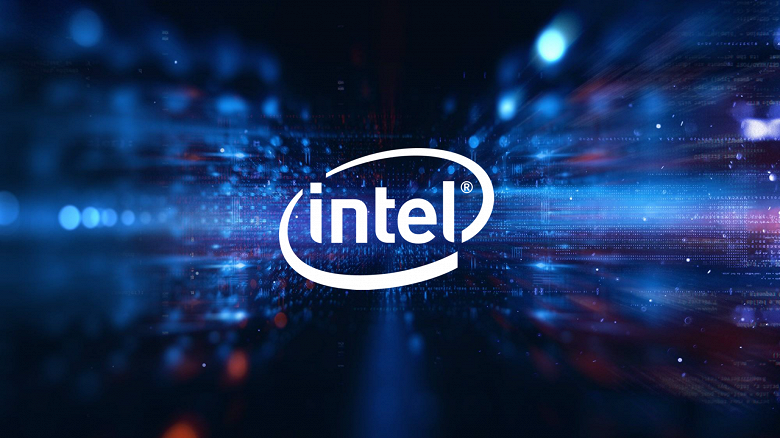
Intel, the global semiconductor giant, announced a staggering loss of $2.8 billion for the first quarter of this year. This contrasts sharply with last year’s net income of $8.1 billion and sent shockwaves throughout the industry.
The reasons for Intel’s sharp decline are complex and multifaceted. At the heart of the problem is the company’s inability to keep up with the rapid evolution of the technology industry. Intel’s once dominant position in the semiconductor market has been undermined by a new generation of players, such as Advanced Micro Devices (AMD) and Nvidia, which produce chips that are faster, more efficient and more specialized than Intel’s offerings.
Another factor contributing to Intel’s difficulties is the global semiconductor shortage, which has been exacerbated by the COVID-19 pandemic. This shortage led to higher demand for chips and higher prices, but Intel was unable to take advantage of this situation due to production delays and quality issues. This led to competitors losing market share.
Intel has also faced a number of setbacks in recent years, including security vulnerabilities in its chips and delays in releasing the latest products. These problems have undermined consumer confidence in the brand and damaged its reputation.
In response to these problems, Intel announced a major restructuring plan that includes significant investment in research and development, expansion of manufacturing capabilities and partnerships with other companies to develop new technologies. The company also appointed a new CEO, Pat Gelsinger, who pledged to “restore Intel’s position as the undisputed industry leader.”
Despite these efforts, Intel’s future remains uncertain. The company faces stiff competition from rivals who have gained significant market share in recent years. To regain the trust of its customers and once again become a leading player in the semiconductor industry, it needs to demonstrate a commitment to innovation, quality and customer satisfaction.
In conclusion, Intel’s massive quarterly losses are a wake-up call for the entire technology industry. It is a reminder that even the biggest players can fall behind if they fail to keep up with rapid changes in the marketplace. It also underscores the importance of innovation, quality and customer satisfaction in maintaining competitiveness in the technology sector. As the industry continues to evolve, it will be interesting to see if Intel can rise to the challenge and regain its position as the dominant force in the semiconductor world.


